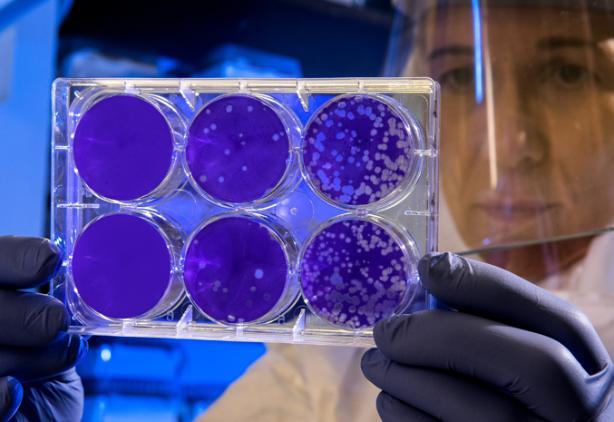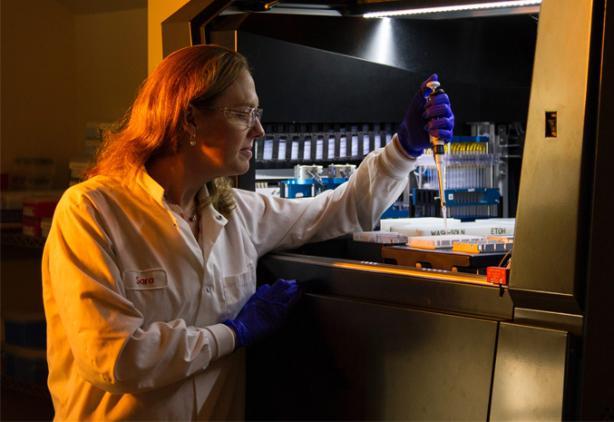All forms can be accessed from the forms page
Do I need approval?
All work involving “dealings” with a Genetically Modified Organism (GMO) requires written approval from the IBC before work can commence.
The facility (room or area) where the dealing is to be conducted may need to be certified by the OGTR.
If you are working with a genetically modified vertebrate animal, you will require approval by the IBC and Animal Ethics Committee.
What type of approval do I need?
The approval process will depend on the category of the GMO.
| Category | IBC approval | OGTR approval |
|---|
| Exempt Dealing |
✓ |
✗ |
| Notifiable Low Risk Dealing |
✓ |
✗ |
|
Dealing Not Involving an Intentional Release (Licensed Dealing)
|
✓ |
✓ |
Exempt Dealings
Exempt Dealings pose negligible or very low risks i.e. contained research involving very well understood organisms and processes for creating and studying GMOs. They must not involve an intentional release of a GMO into the environment.
Research involving exempt dealings does not need to be carried out in a certified laboratory but the laboratory must meet a number of conditions. Refer to the OGTRs Guidance Notes for the Containment of Exempt Dealings (PDF).
Exempt Dealings are described in Parts 1 & 2 of Schedule 2 of the Gene Technology Regulations 2001 (the Regulations). For further information, refer to Gene Technology Regulations 2001 (legislation.gov.au).
Once you have identified that you are working with an Exempt Dealing you will need to complete an Exempt Dealing Form and submit it to the IBC for review at the next meeting.
Notifiable Low Risk Dealings
Notifiable Low Risk Dealings (NLRDs) are activities with GMOs undertaken in containment i.e. not released into the environment that have been assessed as posing low risk to the health and safety of people and the environment provided certain risk management conditions are met.
NLRDs are divided into those that should be conducted in a certified PC1 Laboratory and those that should be conducted in a certified PC2 laboratory.
UOW does not have any PC3 facilities. Risk Group 3 and 4 organisms cannot be brought to UOW.
Once you have identified that you are working with an NLRD, you will need to complete a Notification of NLRD Form and submit it to the IBC for review at the next meeting.
Dealings Not Involving an Intentional Release/Licensed Dealings
Dealings with GMOs in contained facilities which are classified as DNIR (Dealing NOT involving an Intentional Release):
DNIRs are higher risk dealings than Notifiable Low Risk Dealings (NLRD). In general, DNIRs involve work with GM pathogenic [disease-causing] organisms, or GMOs containing higher risk genes from pathogens or genes that:
- encode toxins; or
- confer an oncogenic [cancer-causing] modification or immuno-modulatory [changing the immune system] function.
Research involving DNIRs must be carried out in a laboratory certified to at least Physical Containment Level 2 (PC2). Apply for a DNIR licence | Office of the Gene Technology Regulator (ogtr.gov.au).
Once you have identified that you are working with a DNIR you will need to complete an Application for a DNIR form and submit it to the IBC for review at the next meeting. This will then be sent to the OGTR, who must approve the dealing before research can commence.
Dealings involving Intentional Release (DIR)
If you wish to conduct research that involves intentional release, please contact uow-biosafety@uow.edu.au.





